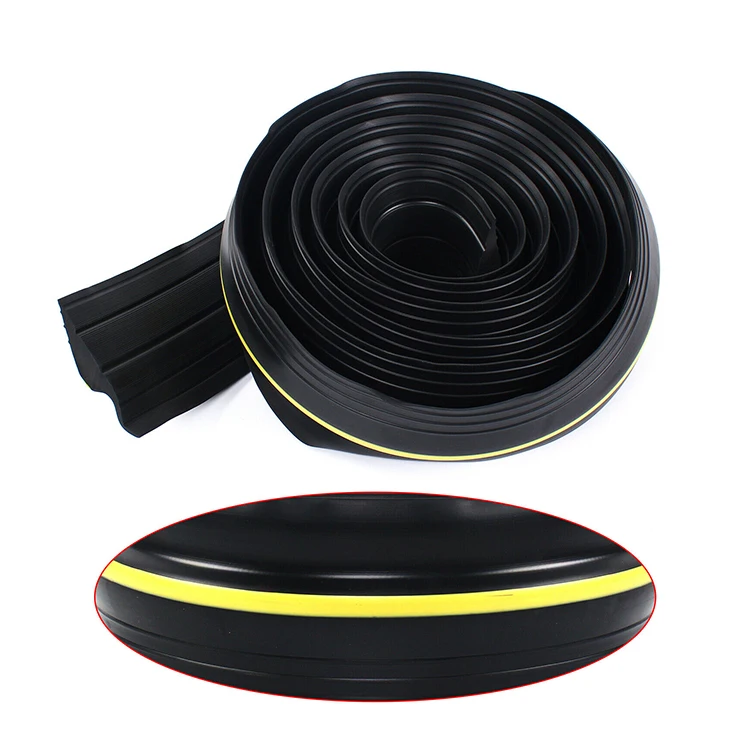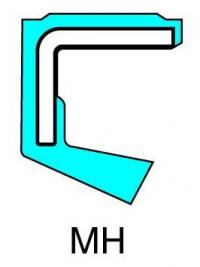To install an oil seal properly, the shaft must be undamaged. This is so the oil seal can do its job properly on the one hand, and to prevent it from being damaged during fitting on the other. In addition, it is very important to lubricate the shaft, the sealing lip and the bore with plenty of grease. This will allow the oil seal to slide more easily over the shaft and prevent dry running after the first rotation. The oil seal may also come into contact with the keyway, thread or other grooves when sliding over the shaft. By taping or covering the shaft at the location of these irregularities with oil-soaked paper, the oil seal can be mounted without damage to the sealing lip.
 Home
Home









